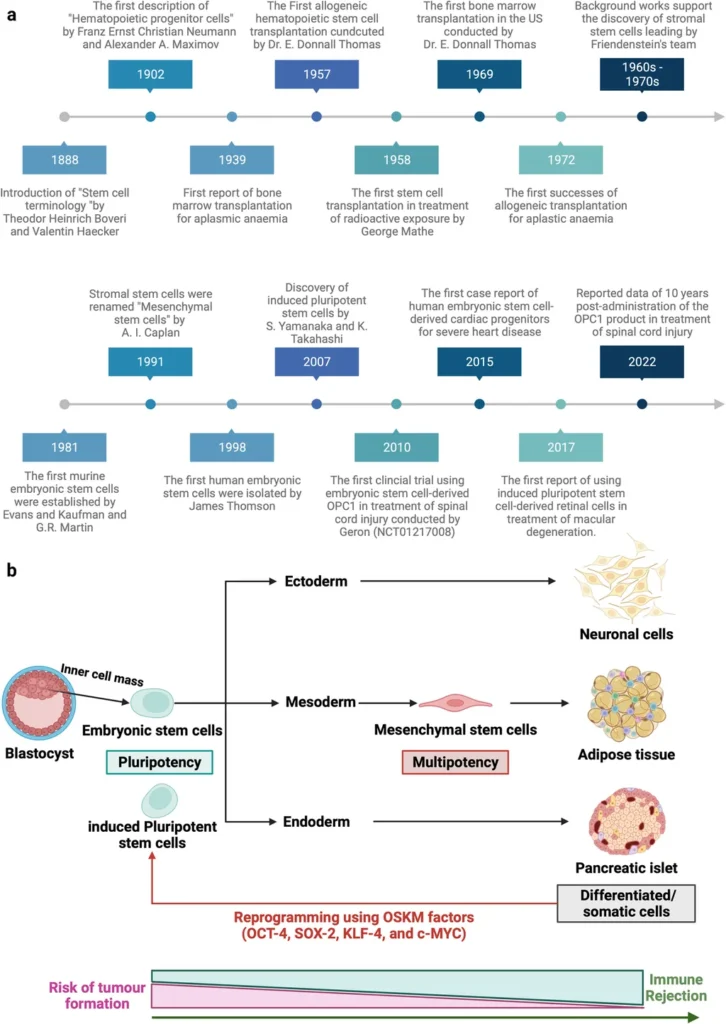In a groundbreaking study published in the journal *Bioactive Materials* (translated from Chinese as “具有生物活性的材料”), researchers from the Department of Anesthesiology at West China Hospital, Sichuan University, have uncovered a novel approach to enhancing the analgesic efficacy of mesenchymal stem cell-derived extracellular vesicles (MSC-EVs) for treating neuropathic pain. Led by Dr. Lanyu Zhang, the research team demonstrated that preconditioning MSCs with tumor necrosis factor-α (TNF-α) significantly boosts the pain-relieving potential of these vesicles, offering new hope for patients suffering from chronic pain conditions.
Neuropathic pain, often described as a debilitating and persistent pain caused by damage to the nervous system, has long been a challenge for medical professionals. Current treatments often fall short, leaving patients in search of more effective solutions. Dr. Zhang and her team set out to explore whether preconditioning MSCs with TNF-α could enhance the therapeutic effects of MSC-EVs, which have shown promise but have had limited efficacy in pain management.
The study utilized a chronic constriction injury (CCI) mouse model to investigate the analgesic effects of extracellular vesicles derived from TNF-α-preconditioned MSCs (T-EVs). The results were striking. Following intrathecal injection, T-EVs produced greater improvements in mechanical and thermal pain thresholds compared to control MSC-EVs (C-EVs), achieving enhanced pain relief for up to two weeks. “The difference in efficacy was remarkable,” noted Dr. Zhang. “T-EVs not only provided more substantial pain relief but also sustained it over a longer period.”
To understand the underlying mechanisms, the researchers conducted whole-cell patch-clamp recordings of dorsal root ganglion (DRG) neurons. They found that T-EVs markedly decreased both the firing rate and action potential amplitude of these neurons, indicating a reduction in neuronal hyperexcitability. RNA sequencing revealed that T-EVs were enriched in miR-101b-3p, a microRNA that plays a crucial role in regulating gene expression.
Further experiments showed that silencing miR-101b-3p in T-EVs abolished their enhanced analgesic effects and reversed DRG hyperexcitability. Luciferase assays confirmed that miR-101b-3p binds directly to the 3′UTR of Nav1.6, a voltage-gated sodium channel involved in neuronal excitability. “This direct interaction suggests that miR-101b-3p downregulates Nav1.6 expression, which in turn reduces neuronal hyperexcitability and alleviates pain,” explained Dr. Zhang.
The team also engineered MSC-derived nanovesicles to overexpress miR-101b-3p, replicating the increased pain relief observed with T-EVs. This finding underscores the potential of miR-101b-3p-enriched vesicles as a novel strategy for treating neuropathic pain.
The implications of this research are far-reaching. By enhancing the analgesic potency of MSC-EVs through TNF-α preconditioning and miR-101b-3p enrichment, Dr. Zhang and her colleagues have opened new avenues for developing more effective pain management therapies. “This study not only advances our understanding of the mechanisms underlying neuropathic pain but also paves the way for innovative treatments that can significantly improve the quality of life for patients,” Dr. Zhang added.
As the field of regenerative medicine continues to evolve, this research highlights the importance of leveraging advanced technologies and biological insights to address complex medical challenges. The findings published in *Bioactive Materials* offer a promising glimpse into the future of pain management, where targeted therapies and precision medicine could revolutionize patient care.
For the construction industry, this research could have significant commercial impacts. Chronic pain is a prevalent issue among workers, particularly those involved in physically demanding tasks. Effective pain management strategies can enhance worker productivity, reduce absenteeism, and lower healthcare costs. By adopting innovative therapies like miR-101b-3p-enriched vesicles, companies can create a healthier and more efficient workforce, ultimately boosting overall productivity and economic growth.
In conclusion, Dr. Zhang’s research represents a significant step forward in the quest for effective neuropathic pain treatments. The enhanced analgesic efficacy of TNF-α-preconditioned MSC-EVs, mediated by miR-101b-3p, offers a promising new approach to managing chronic pain. As the scientific community continues to explore the potential of extracellular vesicles and microRNAs, the future of pain management looks brighter than ever.

